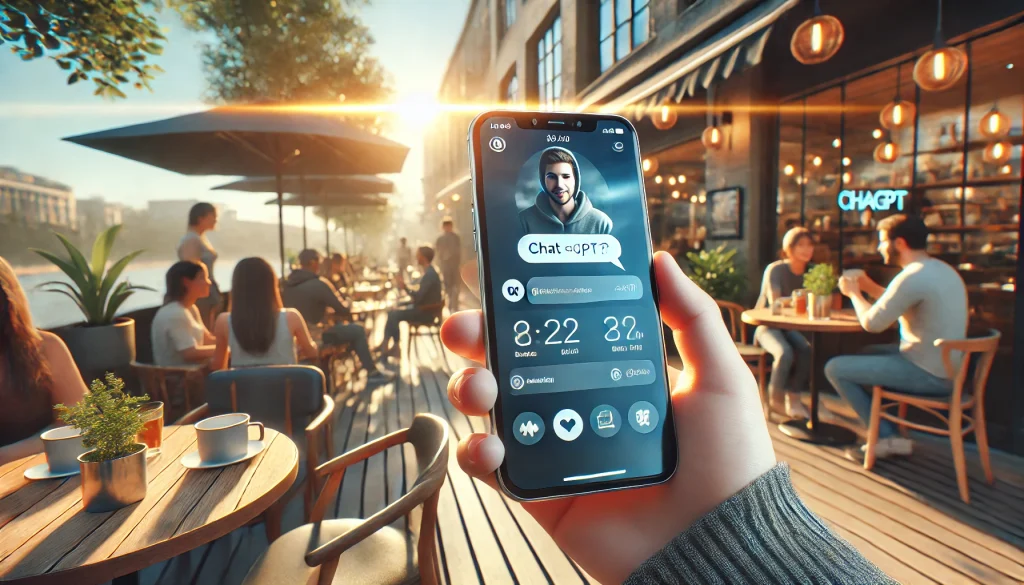Imagine walking into a party where the first person you meet says, “I bet I can guess your favorite ice cream flavor in three tries.” Wouldn’t you be intrigued? That’s exactly what a good hook does in writing—it grabs your attention, piques your curiosity, and makes you want to stick around for more.
Let’s face it: in today’s fast-scrolling world, attention spans are shorter than a goldfish’s afternoon nap. If you don’t capture someone’s interest with the first sentence of your article, blog post, or even email, they’re already halfway through watching cat videos. So, how do you write a hook so irresistible that readers feel compelled to stop, read, and possibly even gasp engage?
Let me show you how.
What Exactly Is a Hook?
First things first—what even is a hook? A hook is that magical first sentence (or two) that draws readers into your content like bees to honey. It’s the witty, surprising, or thought-provoking bait that gets your audience to take the plunge into the rest of your writing.
In copywriting and blogging, a good hook is the difference between a reader sticking around or exiting faster than you can say, “Bye, Felicia.”
Why Is a Good Hook So Important?
Well, here’s the hard truth: you could write the most mind-blowing, life-changing content ever, but if the first sentence doesn’t intrigue, shock, or seduce the reader, you’ve lost them.
The internet is a jungle of distractions, and your competition is fierce. Whether it’s cat memes, TikTok dances, or that email from your boss, something is always trying to steal your reader’s attention. A solid hook grabs them by the metaphorical lapels and says, “Nope, stay here. You’re going to love what comes next.”
How to Write a Killer Hook That Grabs Attention
Let’s dive into the juicy part—how do you craft a hook so good that it stops your readers in their tracks? Here are some tried-and-true techniques that will have people devouring your content faster than a bag of chips during Netflix night.
1. Start with a Question
People love questions because they engage the brain. A question opens a loop in the mind that readers are eager to close. The trick here is to ask a question they want to answer—or better yet, something they didn’t even know they wanted an answer to!
- Example: “Have you ever wondered why cats always land on their feet?”
- This question is simple, yet intriguing. It makes the reader think, “Hmm, I actually have wondered that!” Boom, you’ve got them.
2. Make a Bold Statement
Nothing grabs attention like a strong, confident statement. Say something surprising, controversial, or humorous to create curiosity. Make your readers think, “Wait, what? I need to know more!”
- Example: “90% of people are wrong about how to write the perfect first sentence.”
- You’re challenging the reader right off the bat. Who doesn’t want to find out what the other 10% know?
3. Use a Shocking Statistic or Fact
If you drop a stat that makes readers’ eyes pop out of their heads like cartoon characters, congratulations—you’ve nailed it. Stats or surprising facts are like the cheese in a mouse trap. Too tempting to ignore.
- Example: “Did you know that humans have a shorter attention span than goldfish? Yeah, it’s only 8 seconds.”
- Not only is this fact shocking, but it also directly ties into the need for a good hook, which gives your content extra punch.
4. Share an Anecdote or Personal Story
People love stories. They’re relatable, they evoke emotions, and they humanize the writer. Starting with a funny, quirky, or emotional story can instantly connect with your audience.
- Example: “Last week, I almost sent an email to my boss that started with, ‘Yo, what’s up?’ True story.”
- This immediately makes the reader feel like they’re chatting with a friend. They’re invested in hearing what happened next.
5. Use Metaphors or Similes
Comparing one thing to something entirely unexpected can catch the reader off guard—in the best way possible. It makes your writing vivid and easier to visualize.
- Example: “Writing the first sentence is like trying to find a needle in a haystack… but the needle is invisible, and the haystack is on fire.”
- Who wouldn’t be curious about how to solve that problem?
6. Create a Sense of Urgency
People don’t want to miss out, which is why urgency works so well. Starting with something time-sensitive or pressing encourages readers to stick around and learn before it’s too late.
- Example: “You have 5 seconds to write a hook that grabs attention. Ready? Go!”
- This creates an immediate sense of importance and compels readers to take action.
7. Use Humor
Who doesn’t love a good laugh? A funny opening line can be your secret weapon for keeping people glued to the screen. Just be careful—humor is subjective, so know your audience.
- Example: “I once tried to write a good hook, but it ended up being more tangled than my headphones.”
- Light-hearted, funny, and relatable. Your audience is already smiling!
Examples of Great Hooks in Action
Want to see these tips in the wild? Here are a few real-life examples of excellent hooks:
- “Ever wonder what happens when a cat drinks coffee? Probably not, but now you’re thinking about it.”
- “How much money would you need to never work again? Turns out, not as much as you think.”
- “Stop! Don’t hit that back button—I promise this article will change the way you think about making toast.”
Each of these hooks has one job: to grab attention fast. They spark curiosity, raise questions, or create a visual image that readers can’t ignore.
Wrapping It Up: The Hook Equation
Writing a compelling hook doesn’t have to be as elusive as a UFO sighting. With a little practice and creativity, you’ll master the art of grabbing attention before your readers even realize what hit them.
Here’s the formula:
Curiosity + Surprise + Emotion = Unstoppable Hook
So, go ahead and try it! Write your next first sentence as if your reader’s life (or at least their attention span) depends on it. Because, in the world of the internet, it kind of does.
Conclusion
In a world where your readers can be easily distracted by anything from memes to online shopping, the power of a good hook cannot be overstated. By mastering the art of the first sentence, you’re not just keeping eyes on your content—you’re also turning casual visitors into loyal readers.







